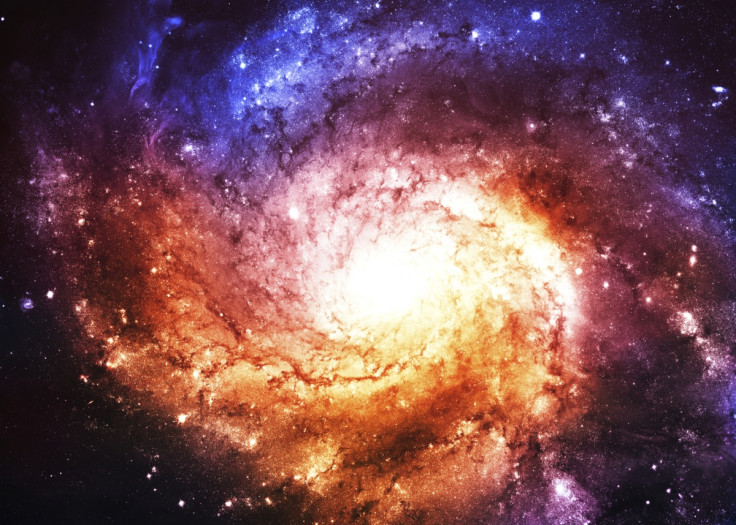Dark energy will slowly tear universe apart millions of years from now
Cosmological models indicate 'Little Rip' end of universe scenario, where galaxies are slowly torn to bits.

The universe is going to be slowly torn apart by dark energy, a study has indicated. Analysis of the different ways dark energy behaves has allowed scientists to work out the most likely scenario for a prominent theory regarding the end of the universe.
Several scenarios of how the universe will end have been put forward in the past. The Big Freeze, for example, involves the universe getting so big the gas becomes too big for new stars to form. Eventually the existing stars will burn leaving nothing but black holes. Another idea – the Big Crunch – involves the universe expansion slowing down until it stops. After this it will collapse in on itself.
A third, the Big Rip, says that a type of phantom dark energy will get stronger over time. The universe is expanding at an ever increasing pace. This theory says that eventually it will no longer be able to withstand the speeds and will tear itself to bits. Atoms will disassemble into radiation and unbound elementary particles.
An important part of this scenario is the ratio between the pressure and density of dark energy. If the value drops below minus one, the universe will be pulled apart almost instantaneously.
In a study published on the preprint server arxiv.org, Mariam Bouhmadi-López and colleagues from the Technical University of Lisbon in Portugal have examined the Big Rip more closely.
Most of the universe is made up of dark matter and dark energy. We only know dark matter exists because it interacts with gravity to stop galaxies spinning themselves out of existence. Scientists believe dark energy is the driving force behind the accelerating universe expansion.

READ MORE:
Before the Big Bang there was another universe and a new one will emerge after ours collapses
Wormholes at centre of black holes could offer passage to other parts of universe
Evidence of a multiverse? We might have just bumped into another universe
The theory of parallel universes is not just maths – it is science that can be tested
If this acceleration rate is not constant, the idea of phantom dark energy comes into play. This type of dark energy gets denser as the universe gets bigger. Eventually, this would cause the universe to be torn apart.
Using this model, the team looked at three ways the universe could end this way. The Big Rip, which would happen instantly, the Little Sibling of the Big Rip, which is a bit more gradual, and the Little Rip, where the destruction is slower. "These three cases share in common the fact that in the (far) future all the structures in the universe would be ripped apart in a finite cosmic time," the scientists wrote.
Which of the three would be most likely depends on how dark matter clumps together. In some parts of the universe it is more densely concentrated. This means in some areas, dark energy might act faster or slower. They used measurements of growth rate and compared them with observational ones to assess each of the three scenarios. Findings showed the Little Rip scenario was most probable.
But when will this happen? Scientists from the Vanderbilt University in Nashville, US last year used a model to work out at what point the balance would tip in terms of the speed of acceleration. Their mathematical formulation indicates the universe could come to an end via a Big Rip in as little as 22 billion years.
© Copyright IBTimes 2025. All rights reserved.






















